
9 reasons to quit fast fashion Greenpeace UK
Detox My Fashion - Greenpeace International Detox My Fashion Who's on the path to toxic-free fashion? Global fast fashion brands are churning out more clothes than the planet can handle. Today's trends are tomorrow's trash, with our clothes made cheaply and disposed of quickly.
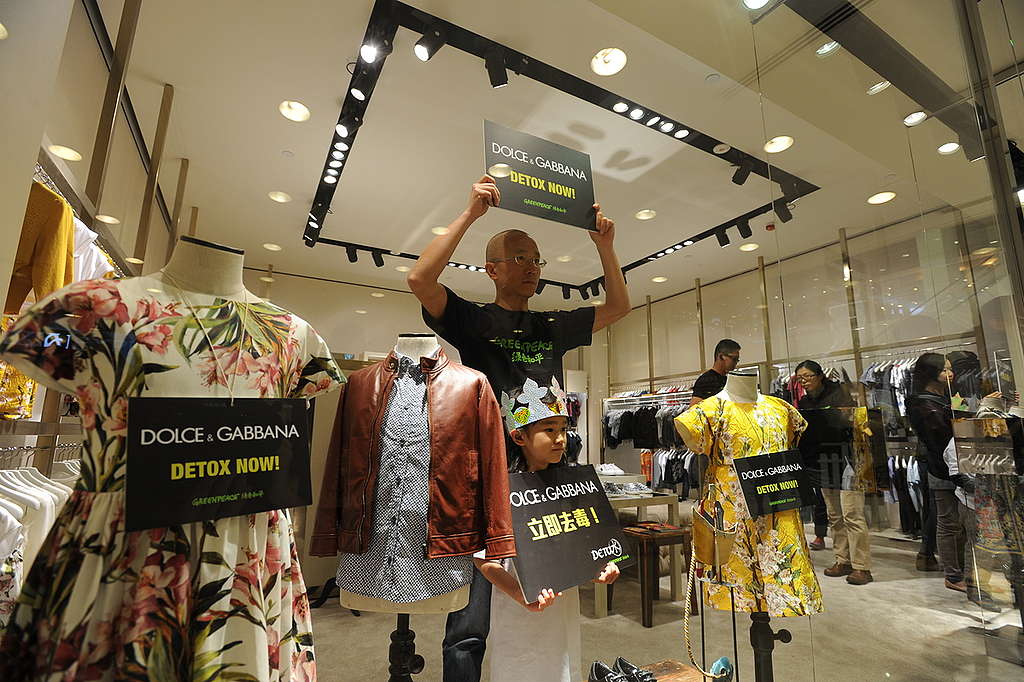
Fast fashion de tu armario al vertedero Greenpeace México (2022)
The sentiment is echoed by activists such as Greenpeace, who say fashion's circularity targets do not go far enough. They say the industry needs to stop marketing cheap fast-fashion altogether.
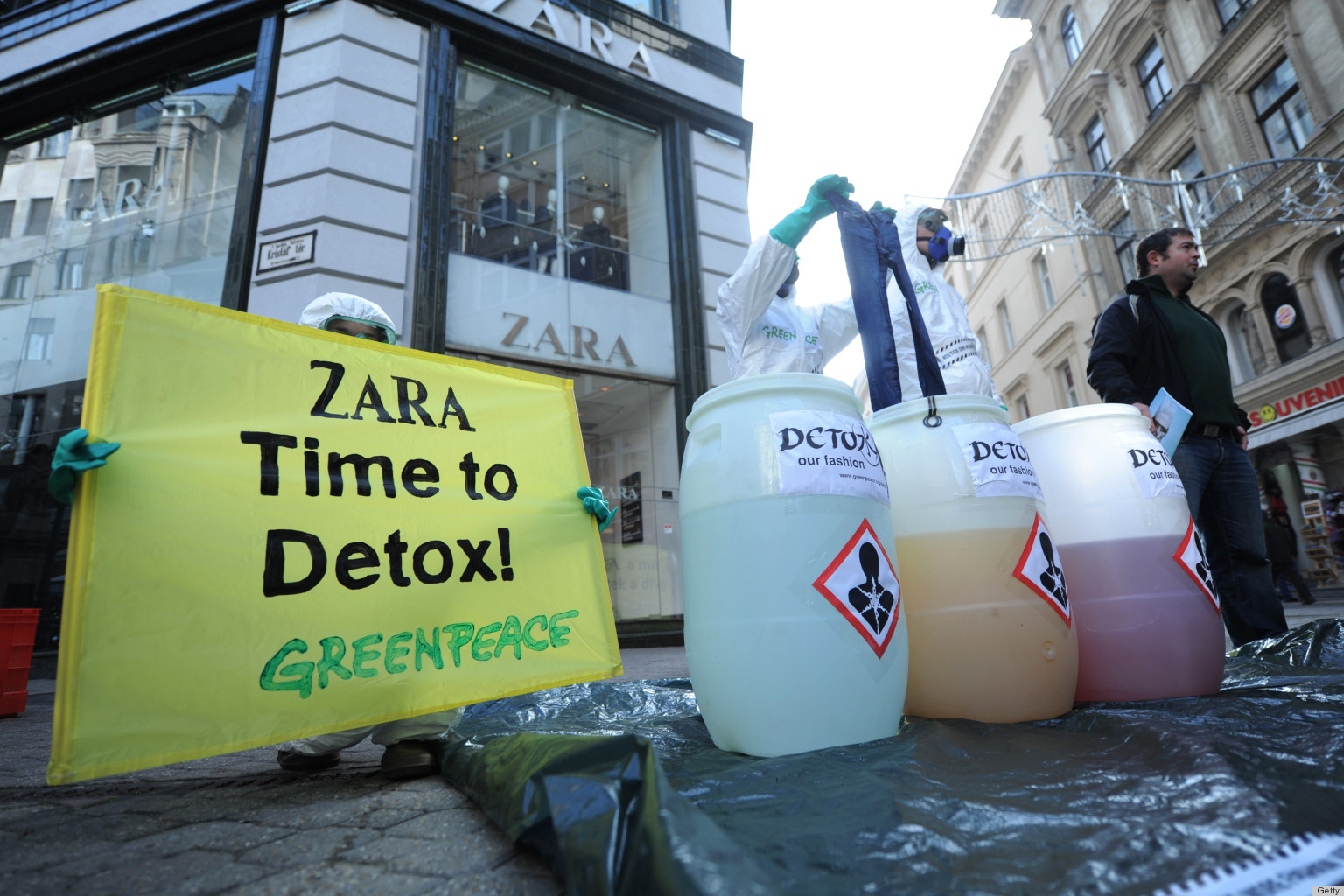
Chemicals In Fast Fashion Revealed in Greenpeace's 'Toxic Threads The Big Fashion StitchUp
Plastic Blog The fashion industry is a multi-billion dollar industry and fast fashion is increasingly being viewed in the same basket as single-use plastic. The similarities between plastic and fast fashion aren't immediately obvious, but when you dig a bit deeper they are striking.
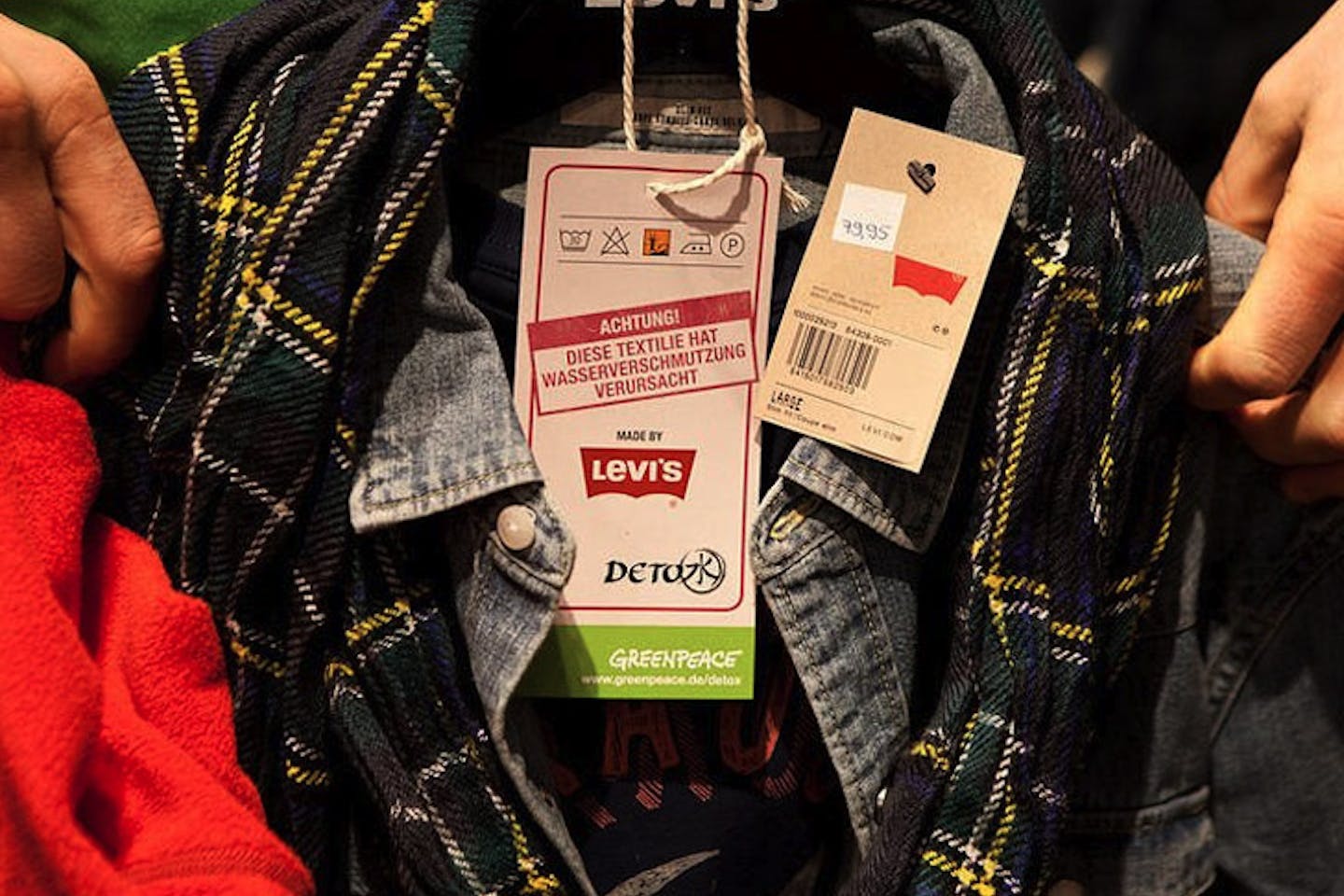
Are consumers done with fast fashion? Opinion EcoBusiness Asia Pacific
The goal was "slowing the flow and closing the loop". Now, one year after the 2020 deadline, Greenpeace is assessing the progress of 29 brands that committed to the campaign in 2010, resulting in the published report. Some of the brands are Adidas, Burberry, Fast Retailing (Uniqlo), H&M, Inditex, Nike and Valentino, to mention a few.
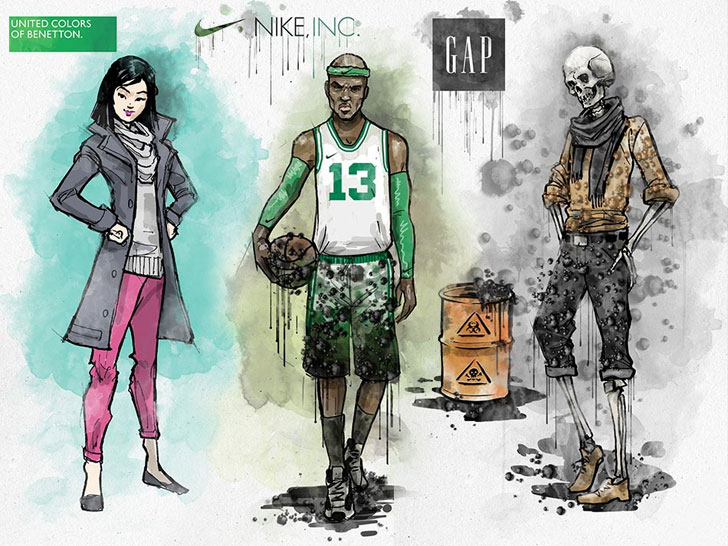
Fast fashion is a plight on people, the The McHenry Messenger
23rd November 2020 Climate change Blog This is going to hurt, but it needs to be said: fashion is a disaster in terms of its environmental impacts. And as a nation, our fast fashion addiction is getting worse - thanks to surges in online shopping due to Covid-19.

Greenpeace « Ecouterre
1. Fashion is the world's second-largest polluter after the oil industry Production of fabric is a huge carbon emitter, releasing the equivalent of 1.2 billion tonnes of CO2 into the atmosphere - more than international flights and shipping combined. (I know right?!) 2. People buy 80 billion garments around the world every year
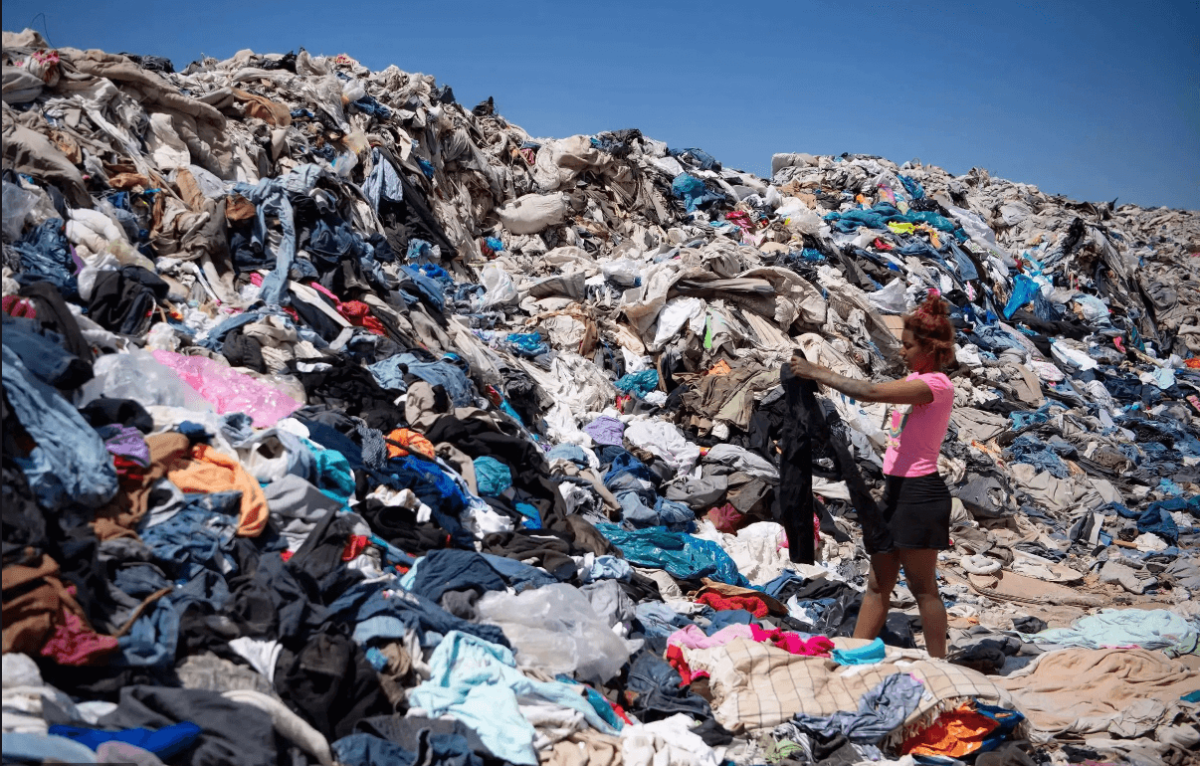
Fast Fashion, conoce qué es y cómo contribuir al medio ambiente GDI Uniformes
The research, Timeout for fast fashion, published today by Greenpeace Germany, shows how the fast fashion business is rapidly expanding: Clothing production doubled from 2000 to 2014, with sales rising from US$ 1 trillion in 2002 to 1.8 trillion by 2015, and a forecast of 2.1 trillion by 2025.
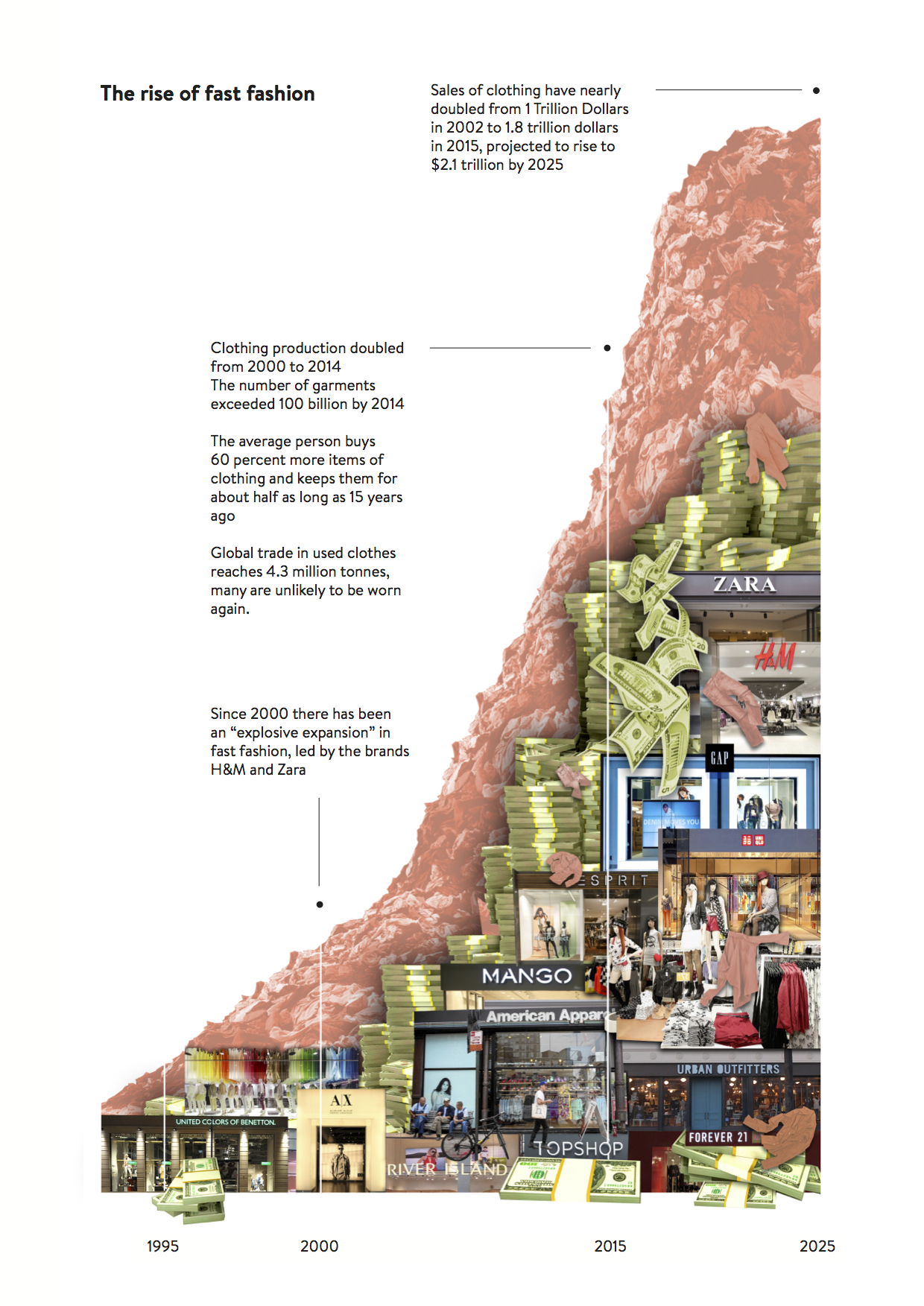
What are microfibers and why are our clothes polluting the oceans? Greenpeace International
Fast fashion will never be green." Ends. Notes [1] Self regulation: a fashion fairytale, Greenpeace has proved that Detoxing fashion supply chains is a game changer; but without regulation, fashion as usual will continue its destructive impacts on the climate - full report by Greenpeace Germany available here.

Fast fashion de tu armario al vertedero Greenpeace México
Most fast fashion contains fossil fuels Plastic is made from oil and gas. Polyester is a thread made from plastic, woven into fabric. It's thought over half of the clothes produced today use synthetic materials like polyester. These materials often do not break down or can't be recycled, which creates a massive plastic waste problem.
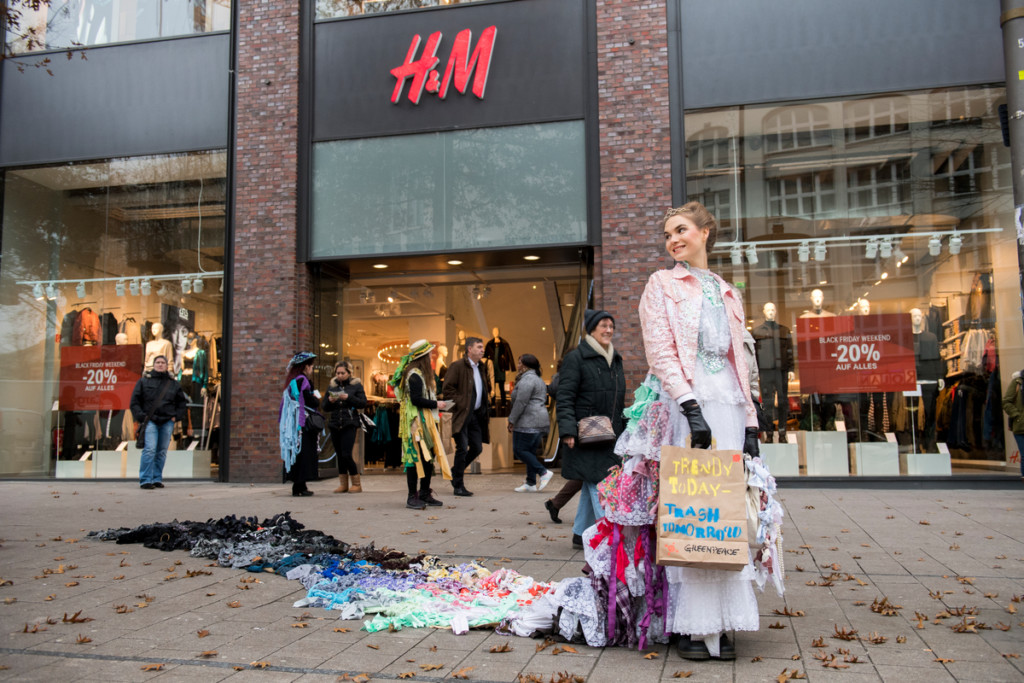
Want a fairer fashion industry? This is what you can do Greenpeace International
— Greenpeace (@Greenpeace) April 15, 2022 The reality is, that only a small amount ( about 10 to 30 percent) is actually resold in the country where the clothes were collected. Some are downcycled into lower grade products like rags, and more than half of them are exported for "reuse", mostly to East and West Africa and Eastern Europe.
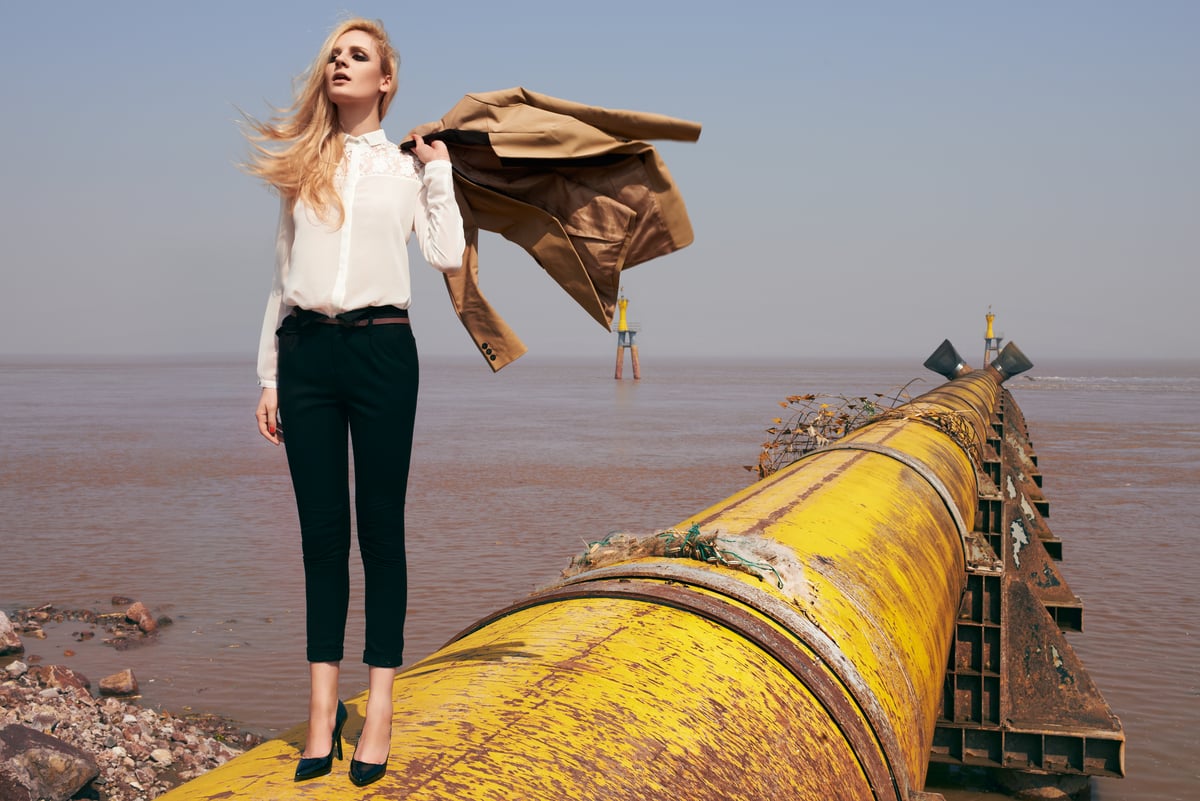
Fast fashion de tu armario al vertedero Greenpeace México
The concept of donating clothing "for charity," too, is a fallacy. The secondhand clothing business is a brisk one, growing ten-fold between 1990 and 2004 to roughly $1 billion in value. Of the dresses, T-shirts or jeans that people "donate," only between 10 percent and 30 percent is resold in the country where they were collected.
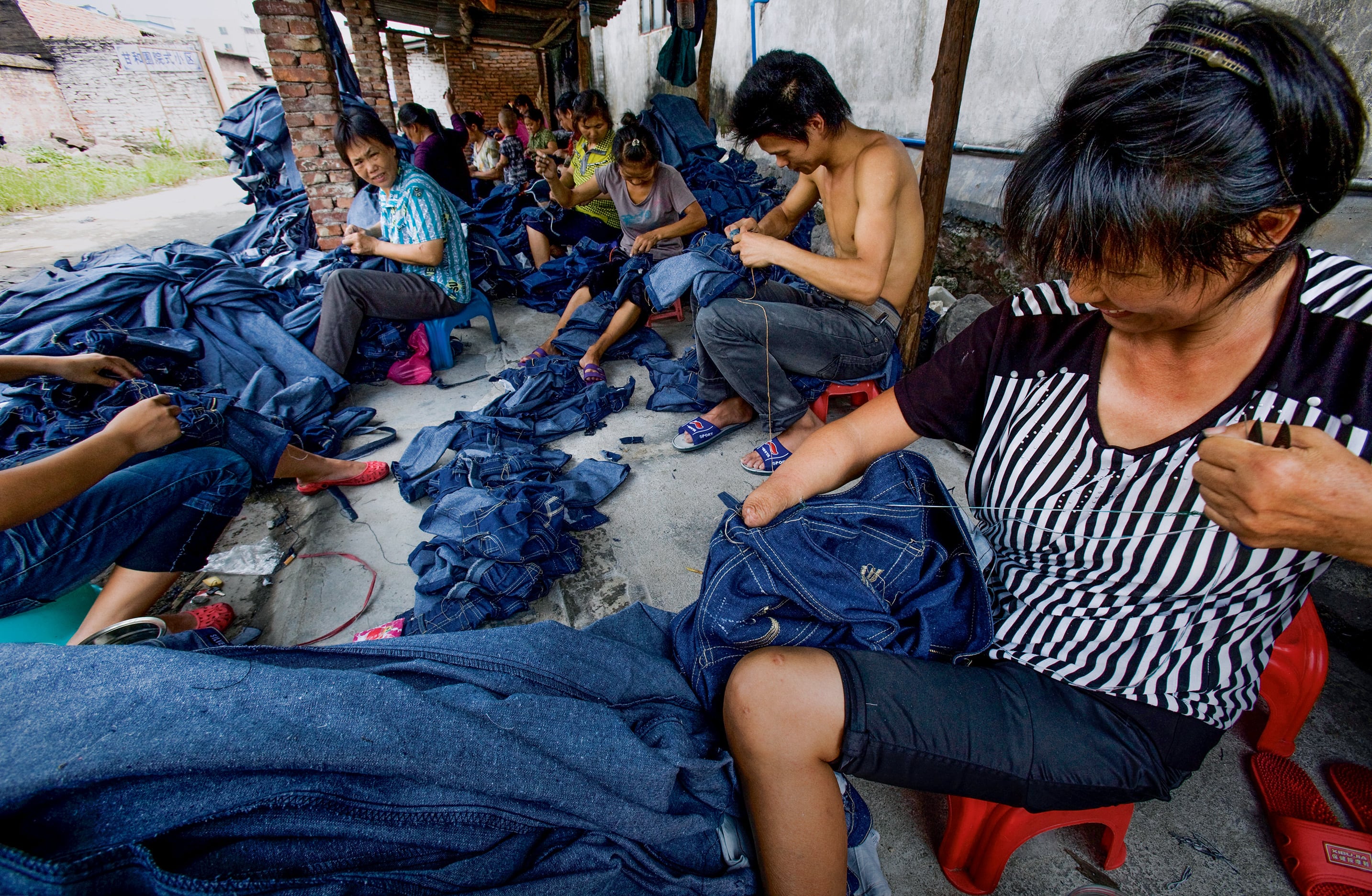
Die Schattenseite der bILLIGmode Greenpeace Nachrichten
"Greenpeace Germany's findings show that the use of hazardous chemicals underpins SHEIN's ultra fast fashion business model, which is the opposite of being future-proof," warned Viola.

Greenpeace Illegal timber from Cameroon's rainforests landing in Chinese ports
Greenpeace described greenwashing as a "symptom of the bigger disease": the "destructive system of the linear fast fashion business model which can never be sustainable.". "If fashion brands honestly want to address their environmental and social impacts they need to work towards creating slow, circular fashion that respects.
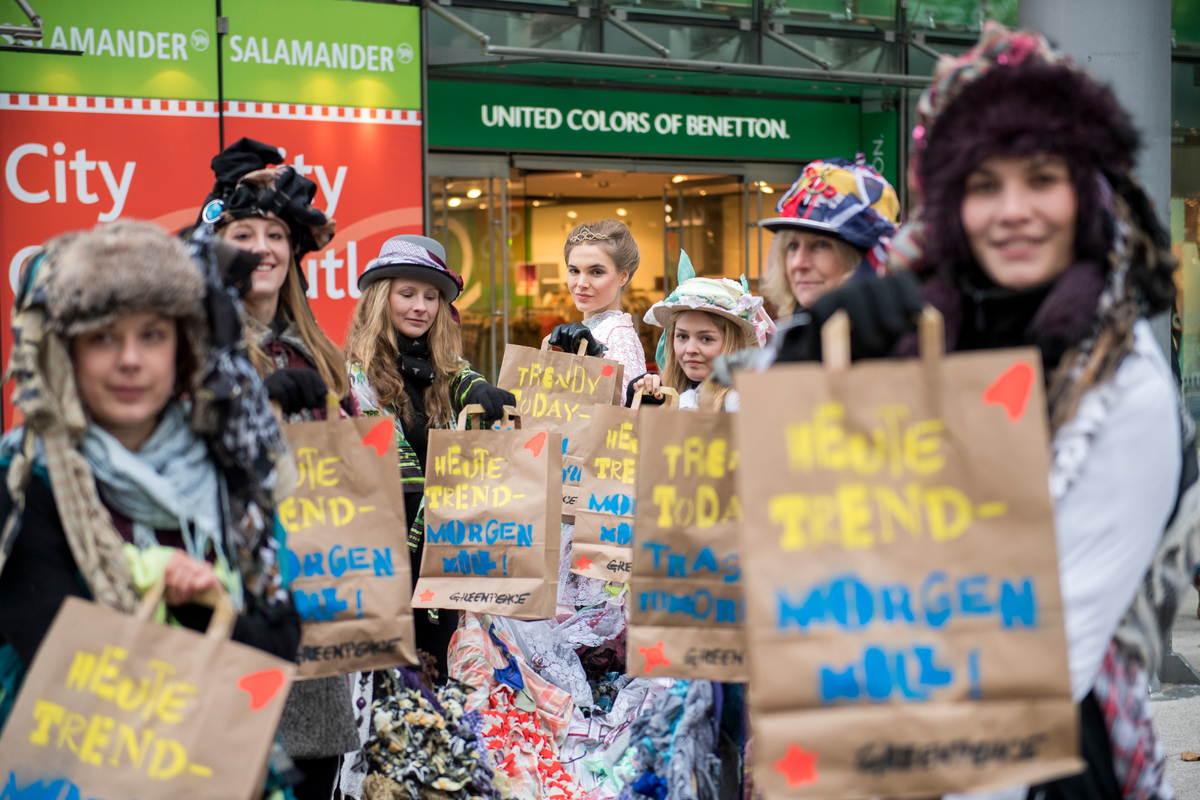
Black Friday Greenpeace calls timeout for fast fashion Greenpeace International
Photo: Sam Fong / Greenpeace Get tomorrow's headlines first thing As the fashion industry continues to grow, the strain it puts on the environment intensifies, with even English fashion designers like Phoebe English describing it as a "monstrous disposable industry".

Greenpeace Modekonsum in Zeiten von Fast Fashion
3rd April 2023 Environmental justice Blog The global fashion industry is long overdue a detox. Each year, billions of tonnes of practically single-use, oil-based polyester clothing waste is exported, and landfilled or burned in poor countries. Worst of all, this clothing "waste" was made by skilled human beings, working in awful conditions.
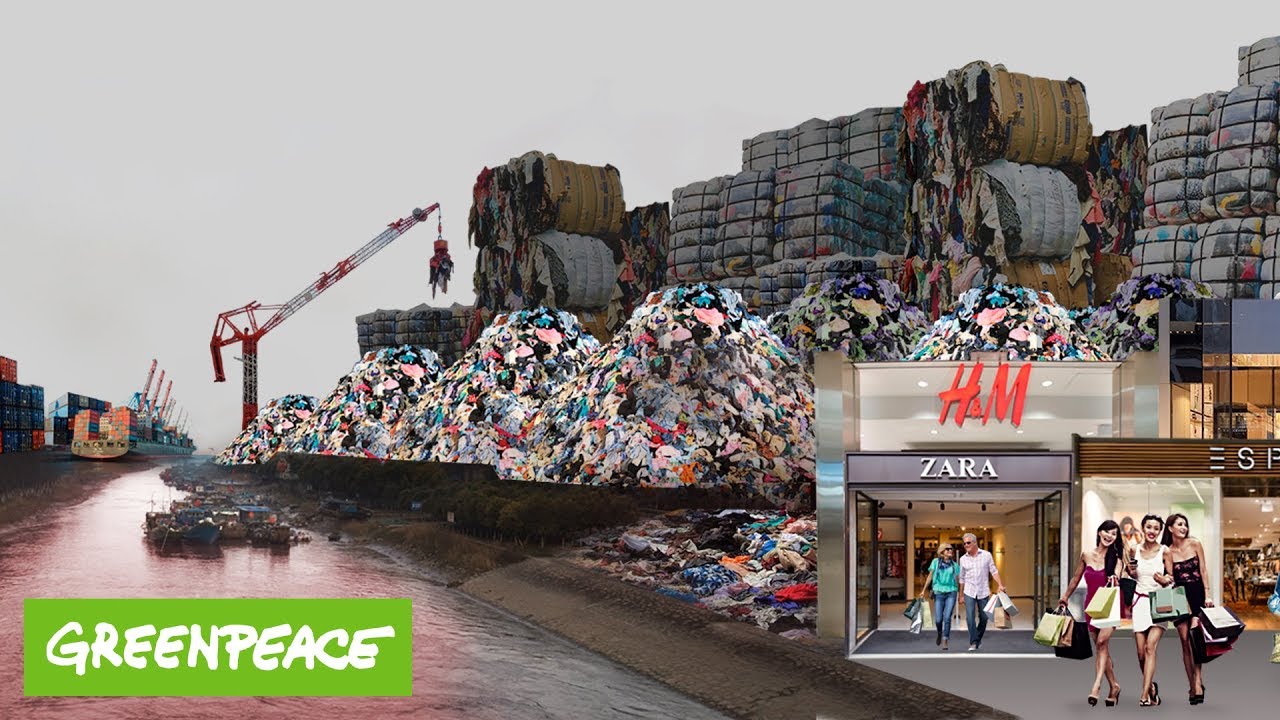
Nimm dir eine Auszeit von Fast Fashion Greenpeace Deutschland Option Deutschland
They don't even want to reveal how many clothes they actually produce each year. 100 billion pieces a year is an estimate from a decade ago, before the explosion in ultra-cheap, disposable fashion from companies like Boohoo and Shein.